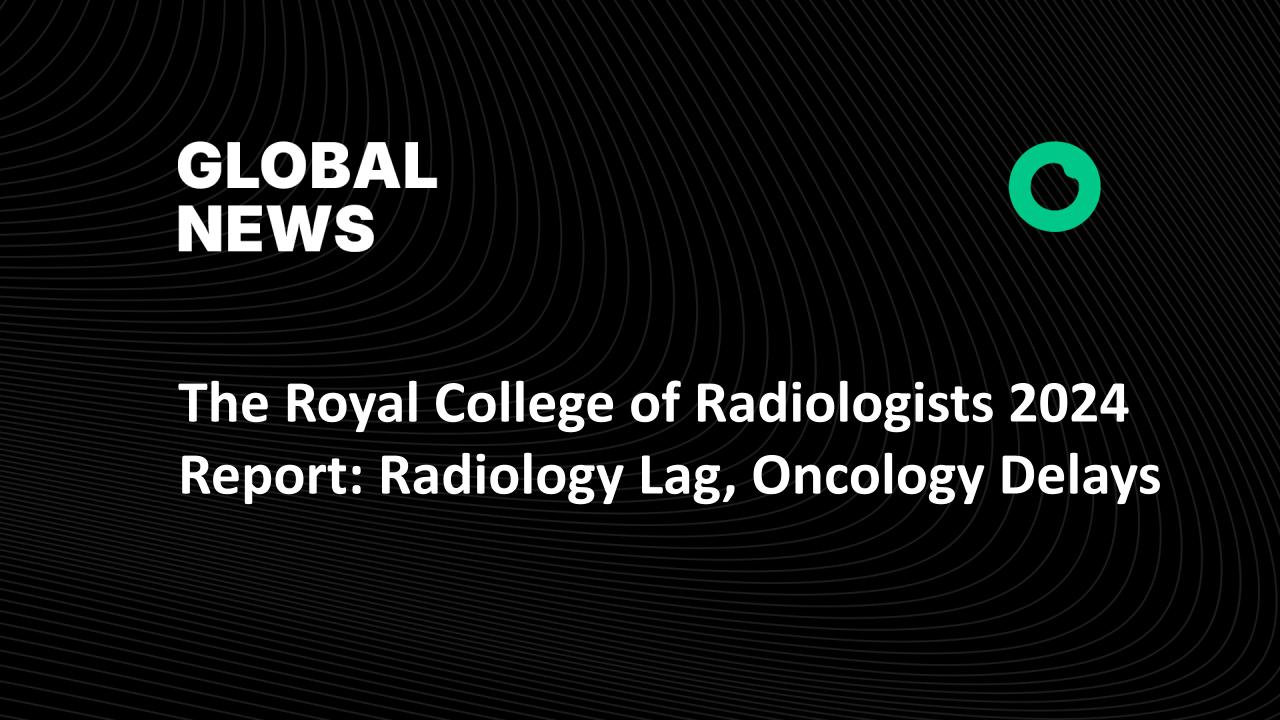According to the Royal College of Radiologists’ (RCR) Clinical Radiology Workforce Census, the consultant and SAS radiology workforce grew by 4.7% last year—yet demand for CT and MRI rose by about 8%, widening the gap between scans performed and reports delivered. Provisional demand curves and staffing realities pulled in opposite directions in 2024. The RCR projects that, without corrective action, the consultant shortfall in clinical radiology will climb to 39% by 2029. Taken together, these figures frame a service under intensifying pressure at the diagnostic “front door” of cancer care—with inevitable knock-on effects for clinical oncology.
The report stresses an obvious but often overlooked point: capital alone won’t fix delays. While national plans aim to double scanner numbers, half of UK radiology departments say they could not staff an additional fully funded CT/MRI within a year, chiefly due to shortages of radiographers and radiologists and, to a lesser degree, physical space. The result is a “scan-to-report” bottleneck: even where throughput rises, reporting capacity lags.
Every department is paying for workarounds. In 2024, 97% of departments used insourcing (paid staff overtime) and 95% used outsourcing (teleradiology) to keep up with reporting. The price tag reached £325 million—about the salary equivalent of 2,910 consultant radiologists—with the RCR projecting £547 million within five years if trends continue. This reliance helps maintain flow but introduces new frictions: incomplete access to prior exams/records can force local re-reviews of complex studies, adding cognitive load to in-house teams.
For cancer pathways, the patient impact is direct. In 2024, nearly two-thirds (63%) of radiology Clinical Directors reported they lacked sufficient consultant radiologists to deliver safe and effective care, and 100% expressed concern that backlogs and delays were worsening. Smaller departments were even more likely to report insufficient staffing. These pressures translate into slower diagnoses, later treatment starts, and ultimately poorer outcomes—problems that cannot be solved downstream in oncology clinics if the diagnostic tap remains constricted.
Retention is now as critical as recruitment. Headline attrition among consultant radiologists fell to 2.6% in 2024, but the median age of leavers dropped to 50 years, down from 55 in 2020—representing a loss of mid-career expertise that departments can least afford. Four-fifths (79%) of leavers were under 60, and more than two-fifths (42%) were under 45. The RCR warns of a vicious cycle: shortages increase workload and stress, which in turn accelerates part-time working or exits, further deepening the shortfall.

Top-Paying Oncology Specialties Worldwide in 2025
SAS-grade dynamics deserve attention too. The census reports SAS radiologist attrition at 4.6% in 2024 (down from 16.6% in 2023 and a five-year average of 9.7%), yet it notes historically higher turnover across SAS grades and underscores the need for inclusion, progression routes and CPD opportunities to stabilize this cohort. Sustained SAS retention supports service continuity and protects consultant time for leadership, complex reporting and training.
Forthcoming retirements compound the exposure. As of 2024, 21% of consultant radiologists are forecast to retire within five years and 39% within ten—rates that are higher in key special interests essential to cancer care, including oncological, breast, and chest/lung radiology. Those same areas also show relatively higher attrition. For multidisciplinary cancer teams, these are red-flag signals: expertise that underpins screening, staging, and treatment response assessment is disproportionately at risk.
The census links morale directly to service delivery. For the third consecutive year, every Clinical Director surveyed reported concern about morale, stress and burnout among staff. The report details practical workplace basics—protected breaks, rest areas, access to food and drink, parking, and modern IT—as non-negotiables for retention and safe practice, and calls for transparent monitoring of these measures with targeted support for struggling hospitals.
Training remains the single most important investment in diagnostic capacity, the RCR argues. In 2024, 344 doctors started clinical radiology specialty training and 265 completed it; trainees now comprise 29% of the radiology workforce. Completion rates are high (95% in 2020–24), and 86% of new consultants take up posts within three years of CCT—evidence that the pipeline converts to service when departments can hire. However, training capacity is squeezed: falling SPA time and intensifying service targets create a split between “training lists” (with supervision) and “service lists” (without), reducing overall training opportunities precisely when they must expand.
The census also highlights a strong regional “stickiness”: roughly 79% of trainees become consultants in the region where they trained. Recruitment freezes therefore have unintended consequences—departments that can’t confirm posts in time risk losing home-grown talent to other regions, undermining local service plans. The RCR recommends funding radiology training in England at 100% for the first two years (then 50%) to encourage trusts to take up posts, and urges allocation of training places by WTE (not headcount) so any underspend from less-than-full-time rotas can be reinvested to create additional posts.
For oncologists and cancer program leads, three messages stand out from the census:
- Diagnosis is the rate-limiting step. The RCR’s executive summary states plainly that delays at diagnosis slow the whole system; faster, accurate reporting leads to better outcomes and patient experience. Oncology services cannot close treatment gaps if imaging backlogs persist.
- Convert “stopgap spend” into stable posts. Insourcing/outsourcing will remain necessary in the short term, but £325m annually (and rising) should be leveraged into business cases for substantive appointments wherever feasible. That shift would add reporting capacity, restore protected leadership and training time, and reduce the re-review burden caused by fragmented information flows.
- Recruit, retain, train—simultaneously. The report’s recommendations emphasize increasing training posts, protecting SPA time, modernizing IT/workspaces, and building multi-year hiring plans that reflect LTFT trends and local demand. Crucially, the RCR urges shielding radiology services from recruitment freezes where diagnostic targets are being missed. These steps are prerequisites for stabilizing the diagnostic base that clinical oncology depends on.
Dr Halliday’s foreword is blunt: radiologists must be enabled to do the work they were trained for—leading service improvement, deploying new technologies (including AI where proven), and training the future workforce. Without that space, productivity gains will remain notional, and the projected shortfalls will harden into longer waits for patients. The numbers in this census, and the operational realities behind them, make the case for action now.
Written By Aren Karapetyan, MD


